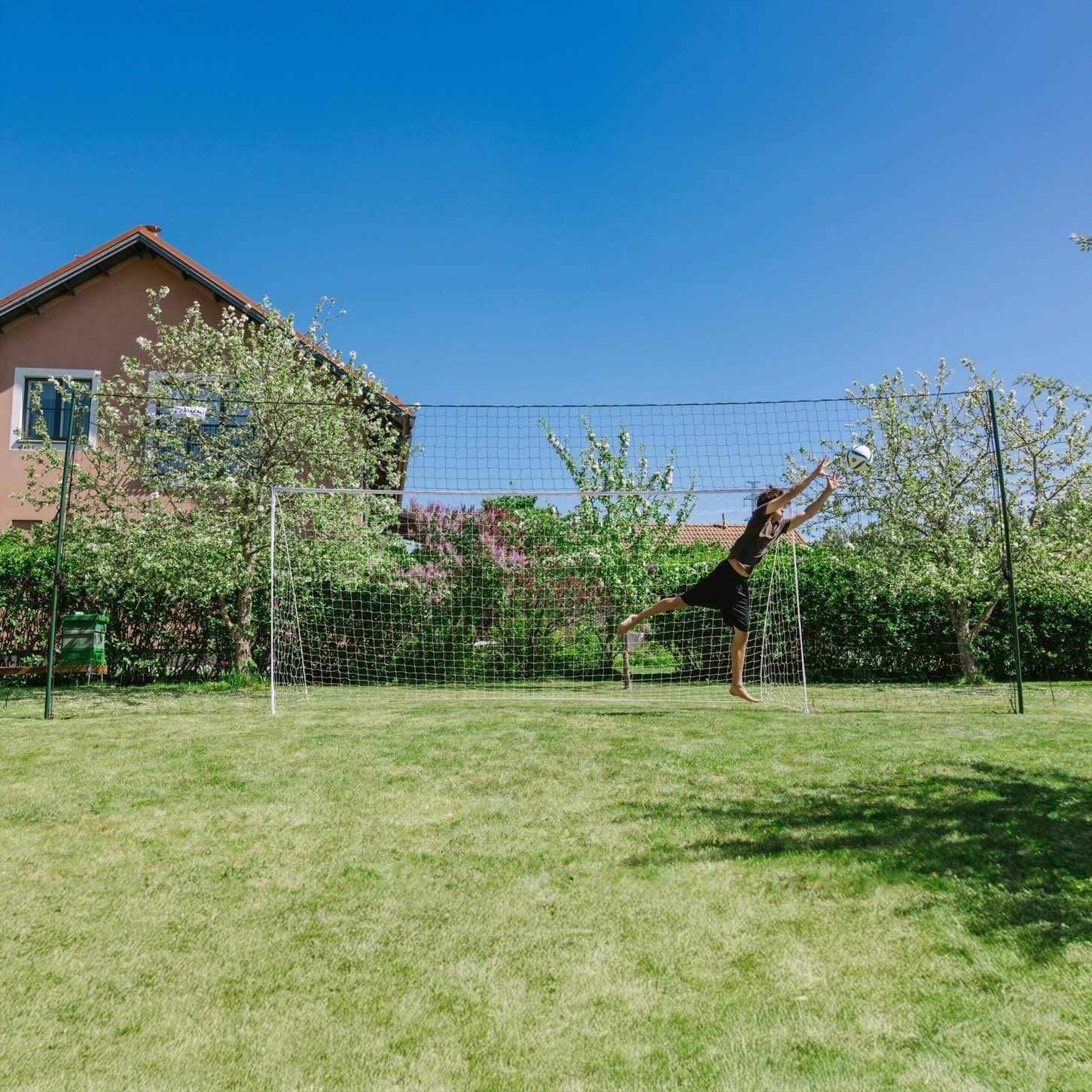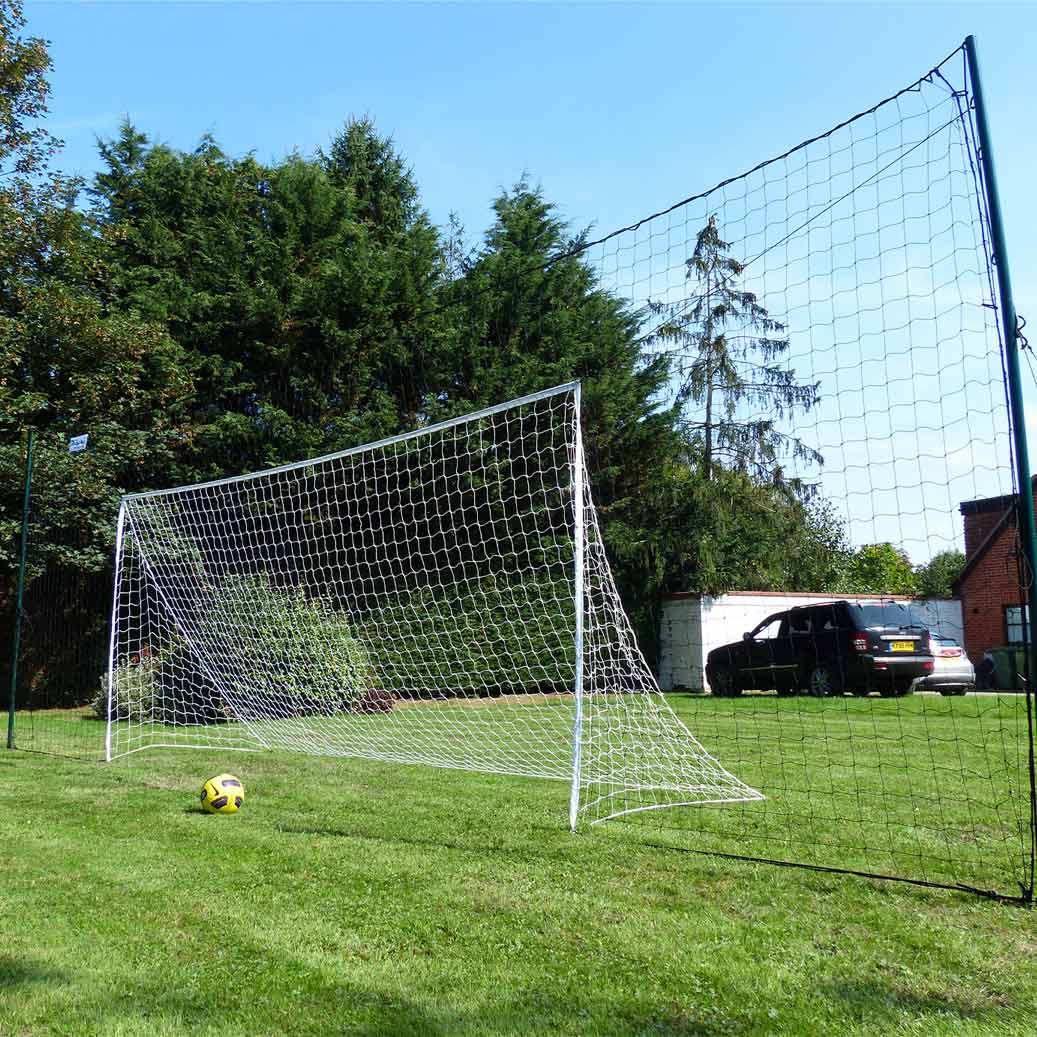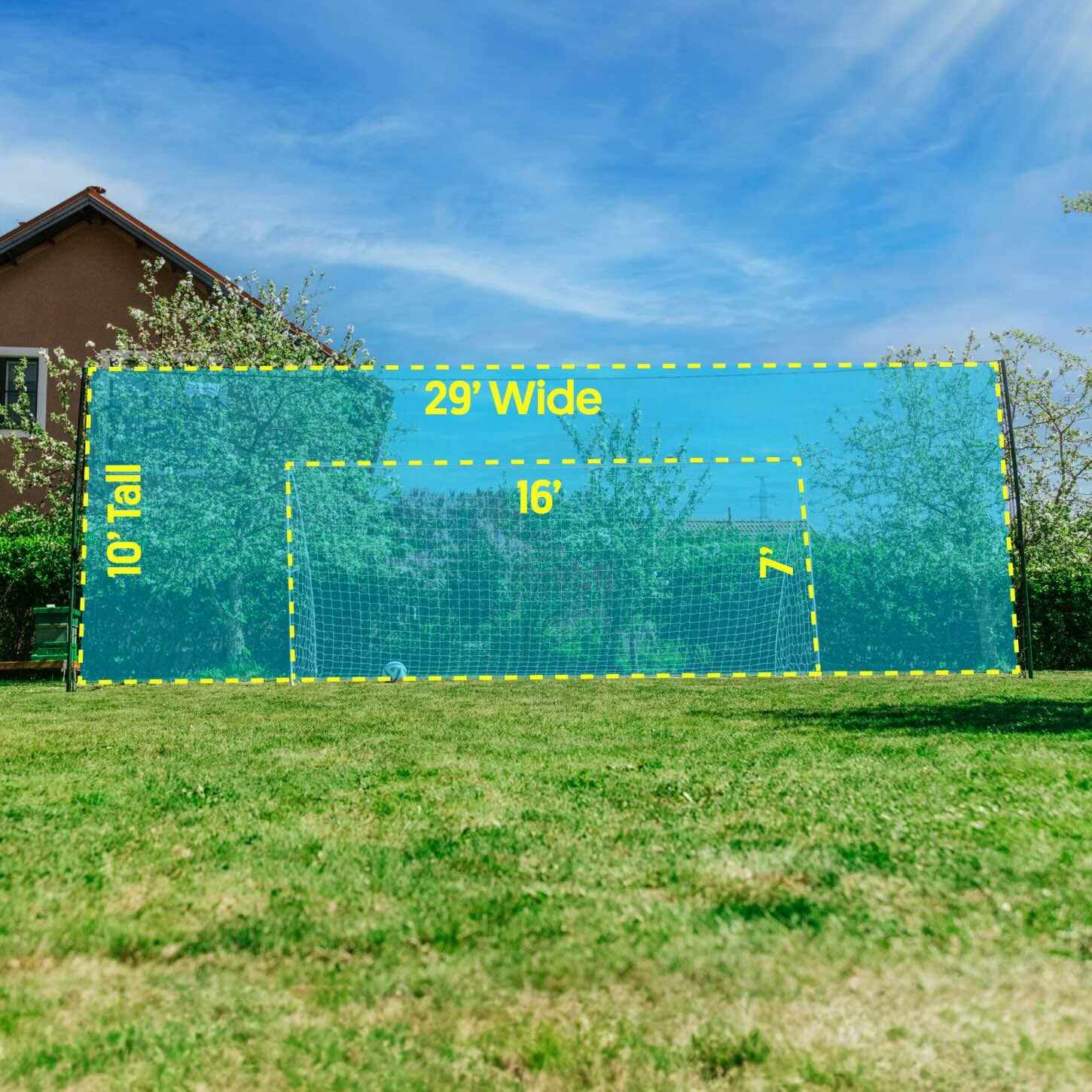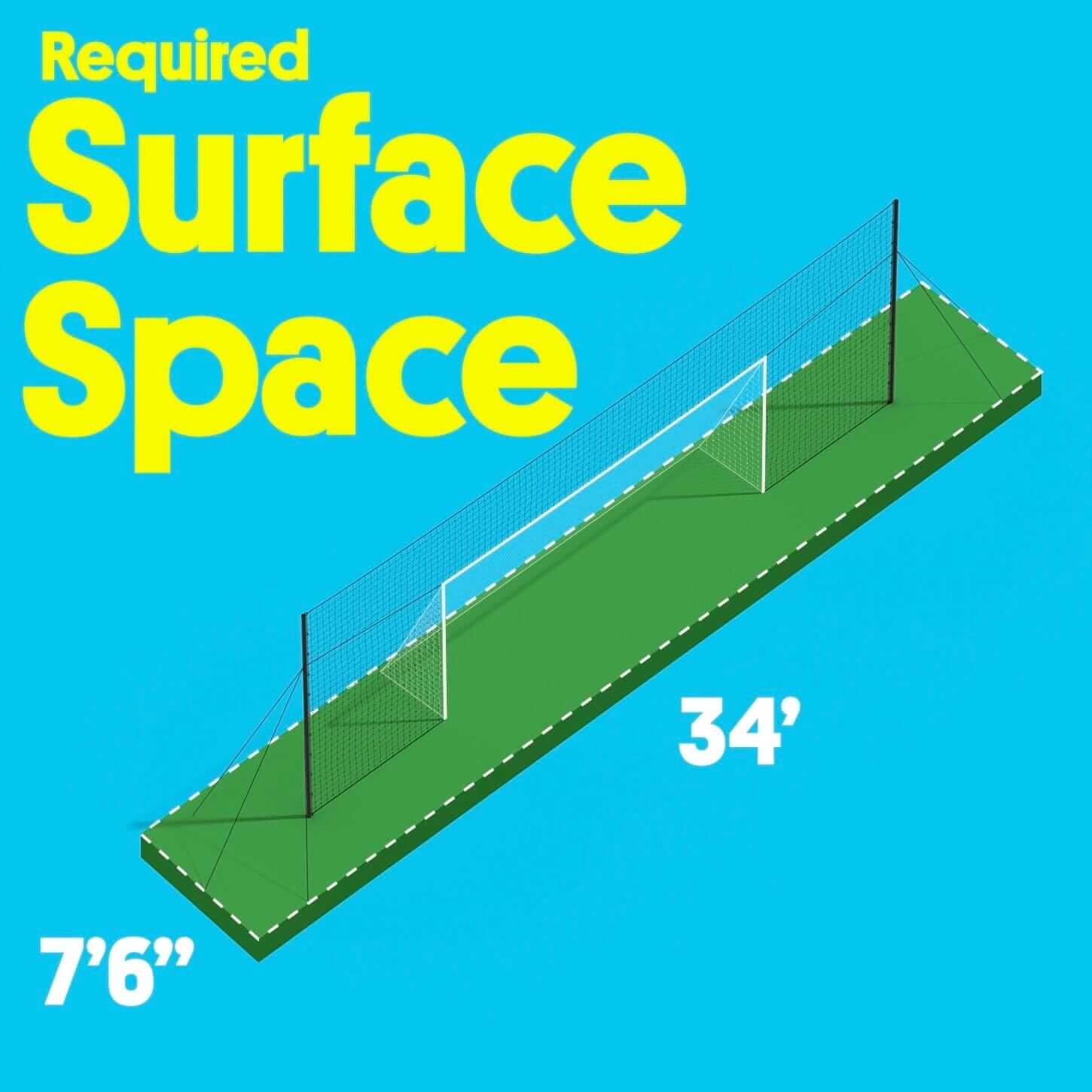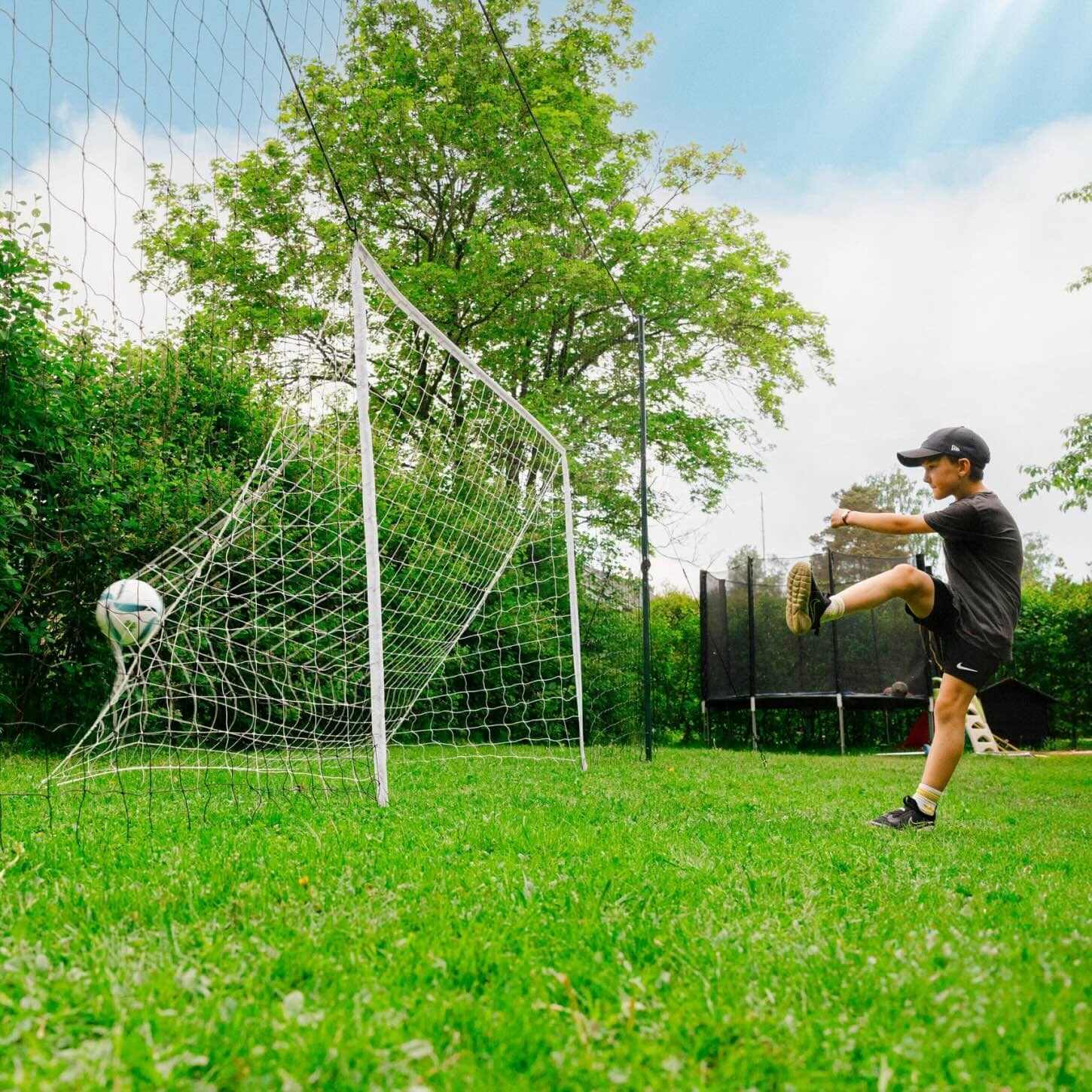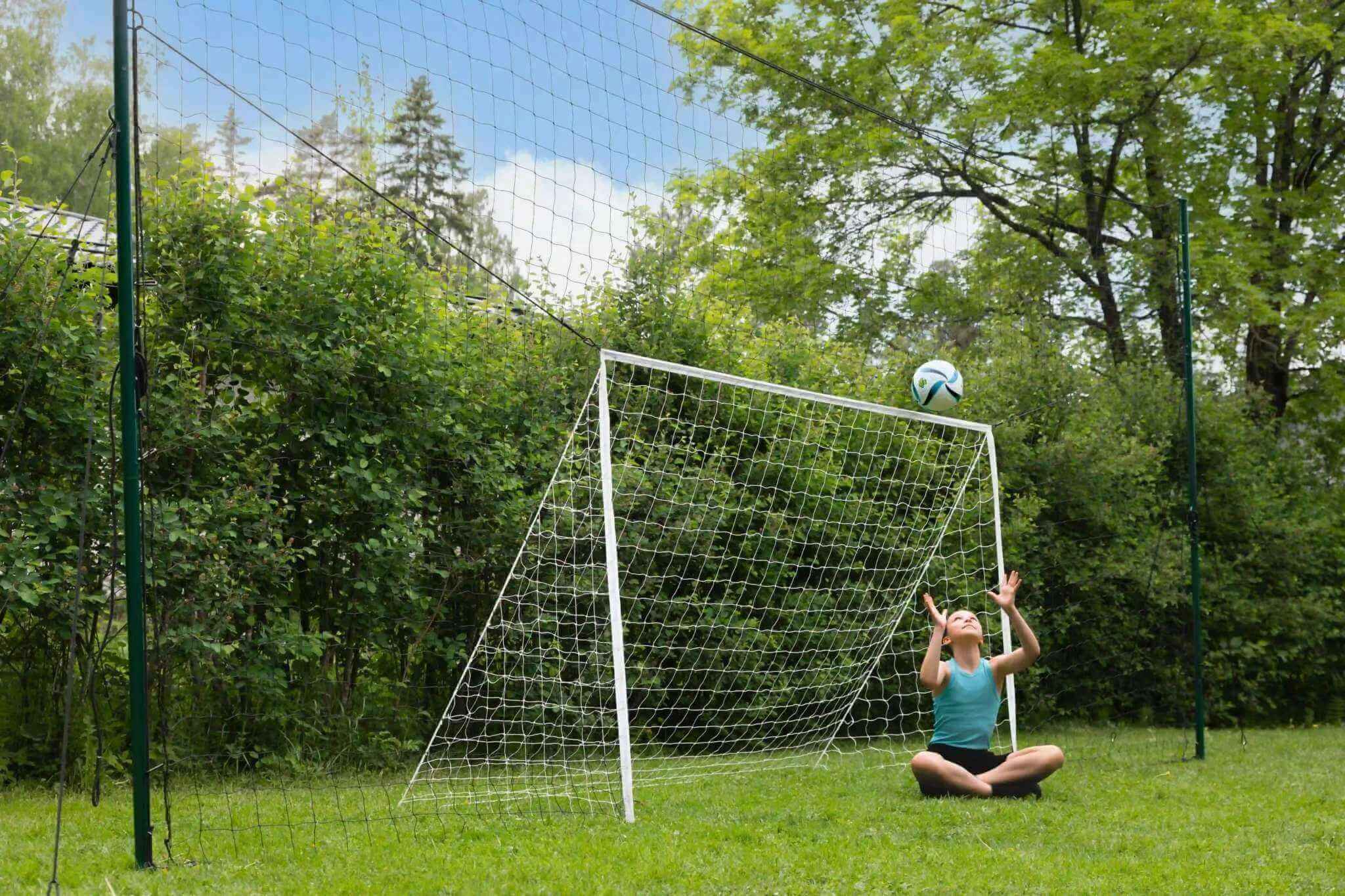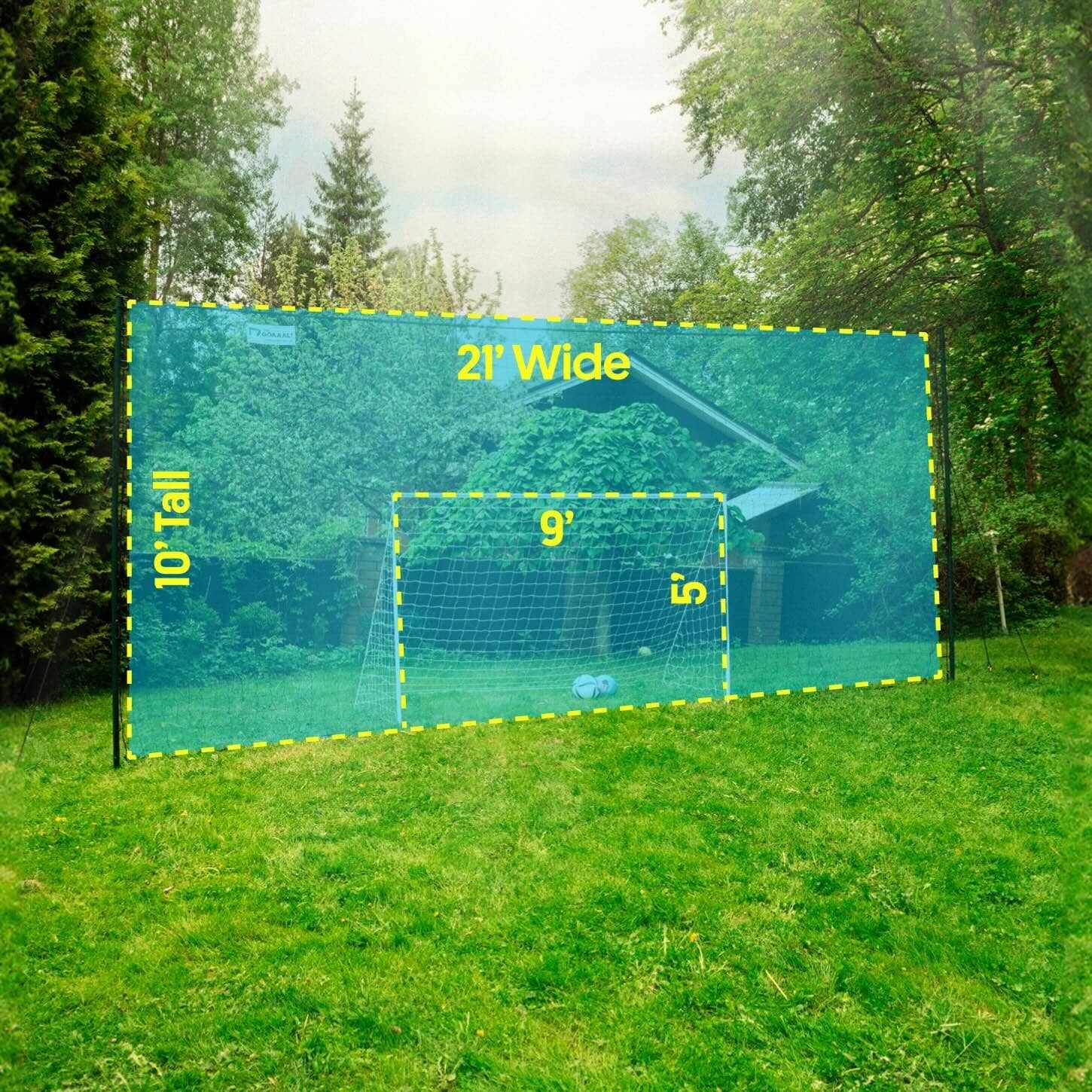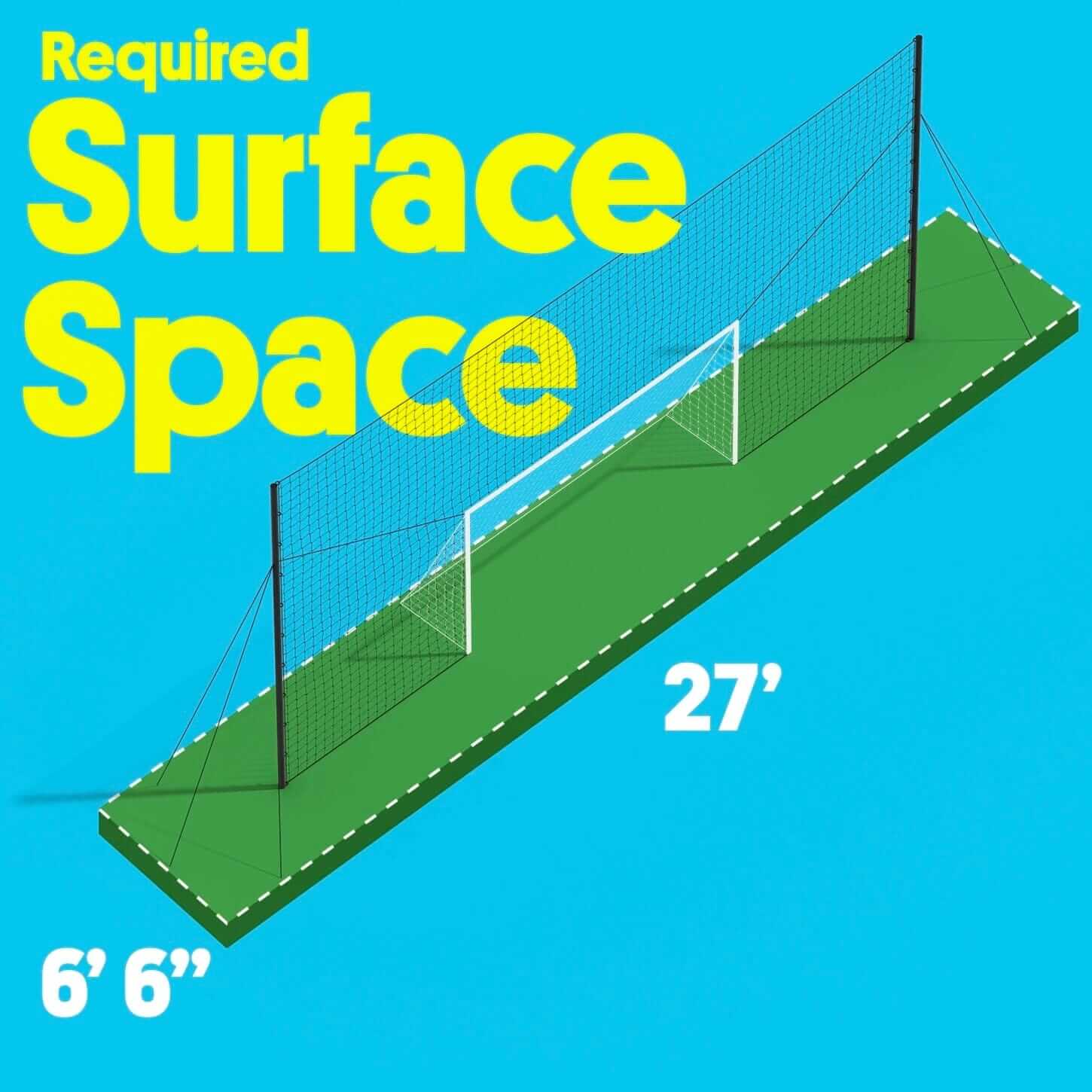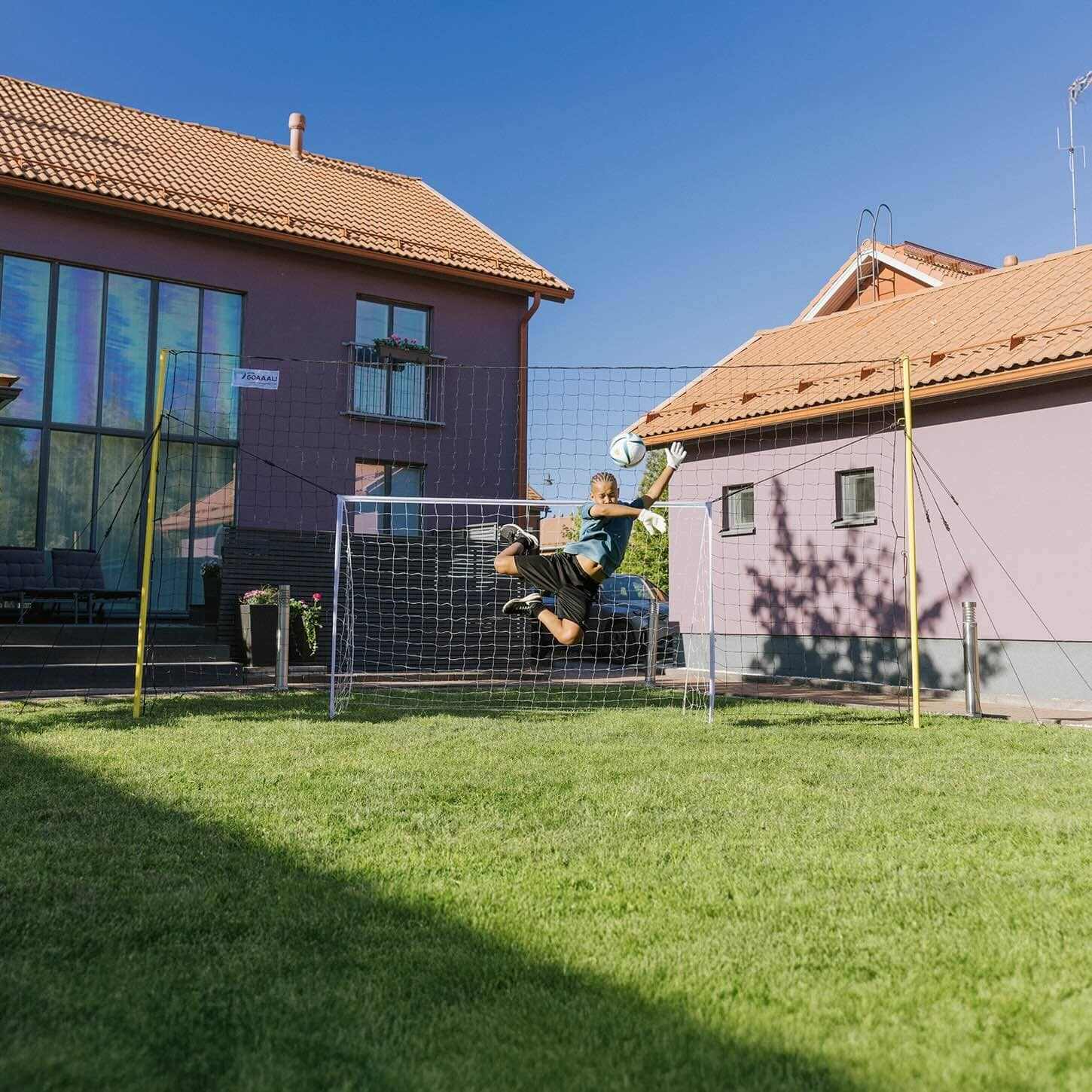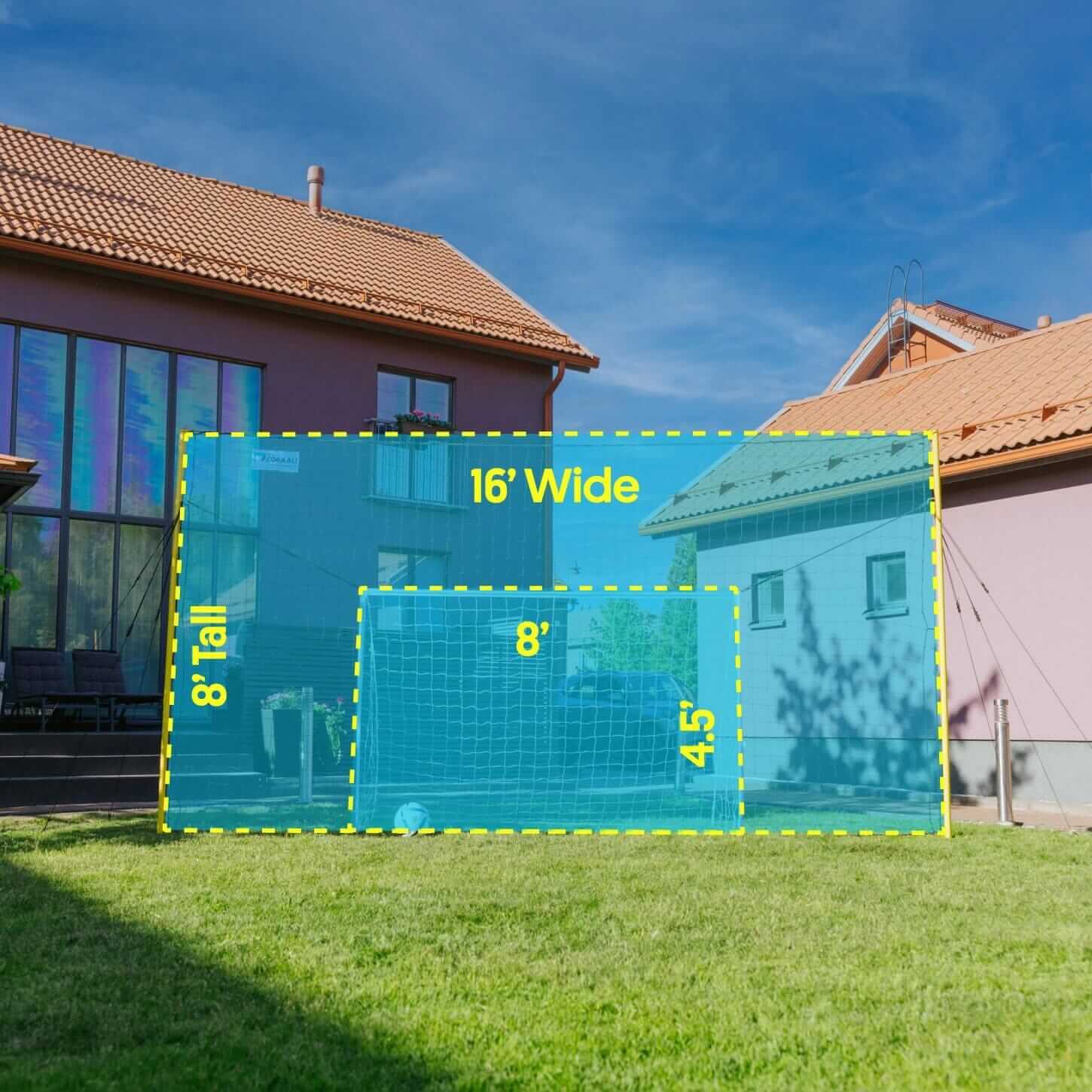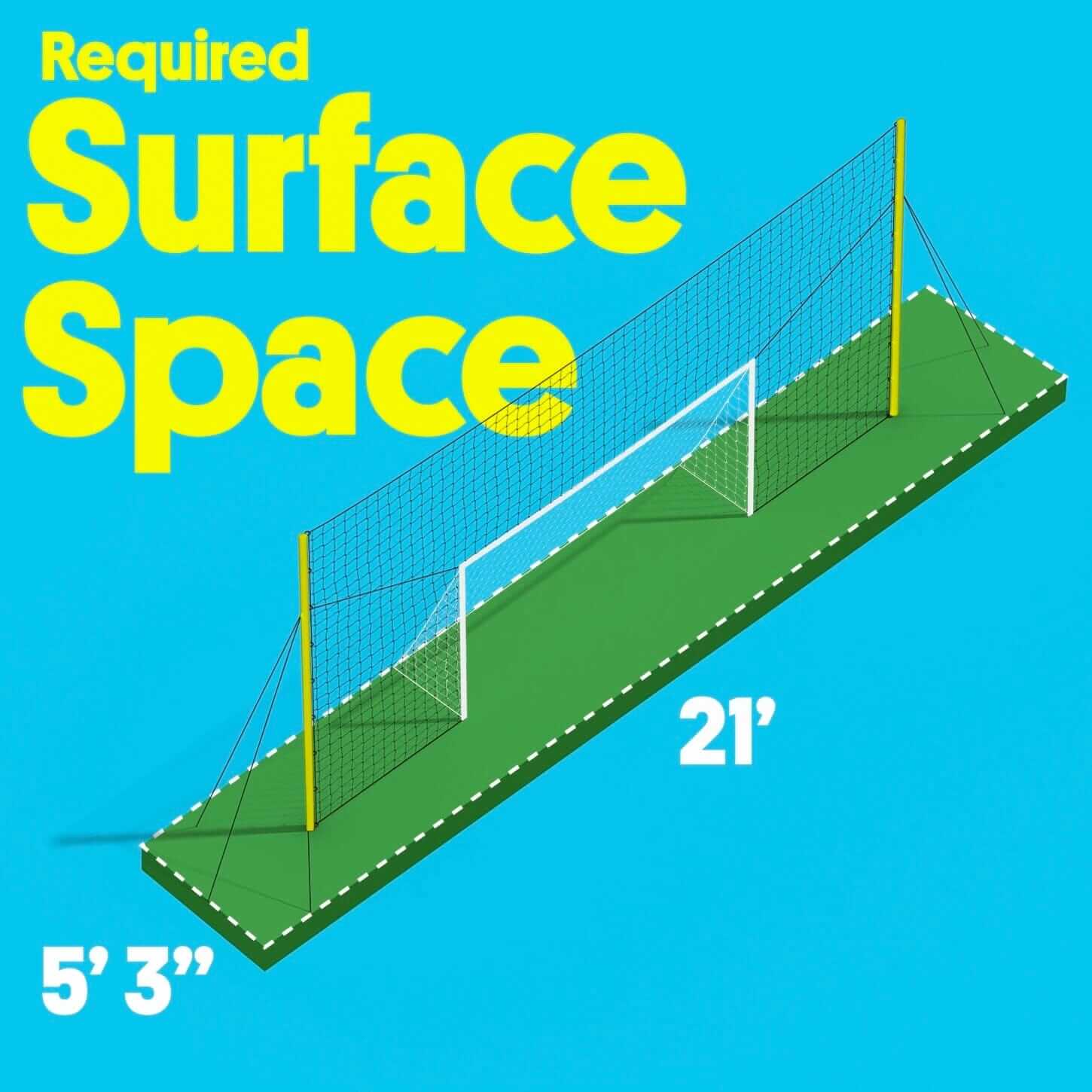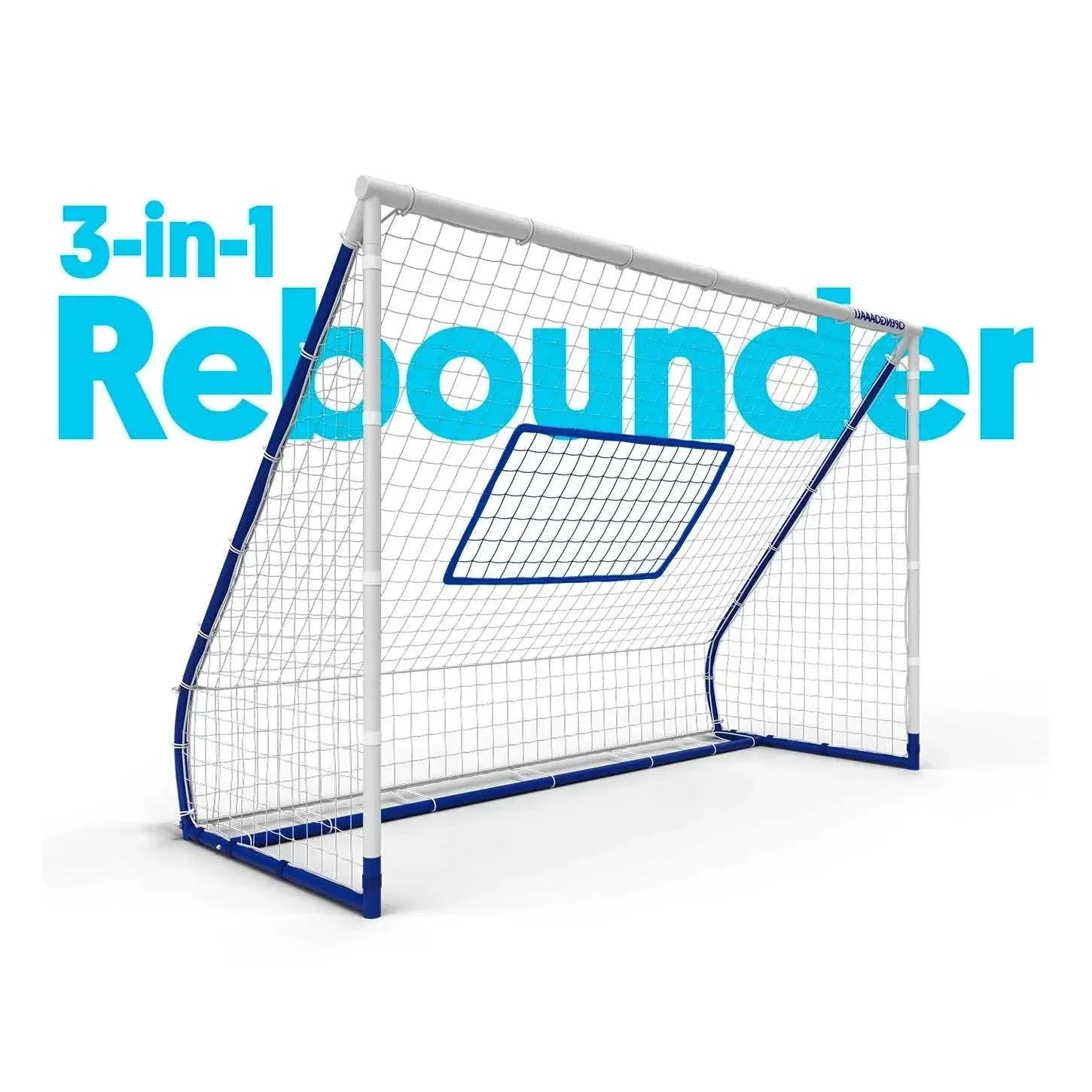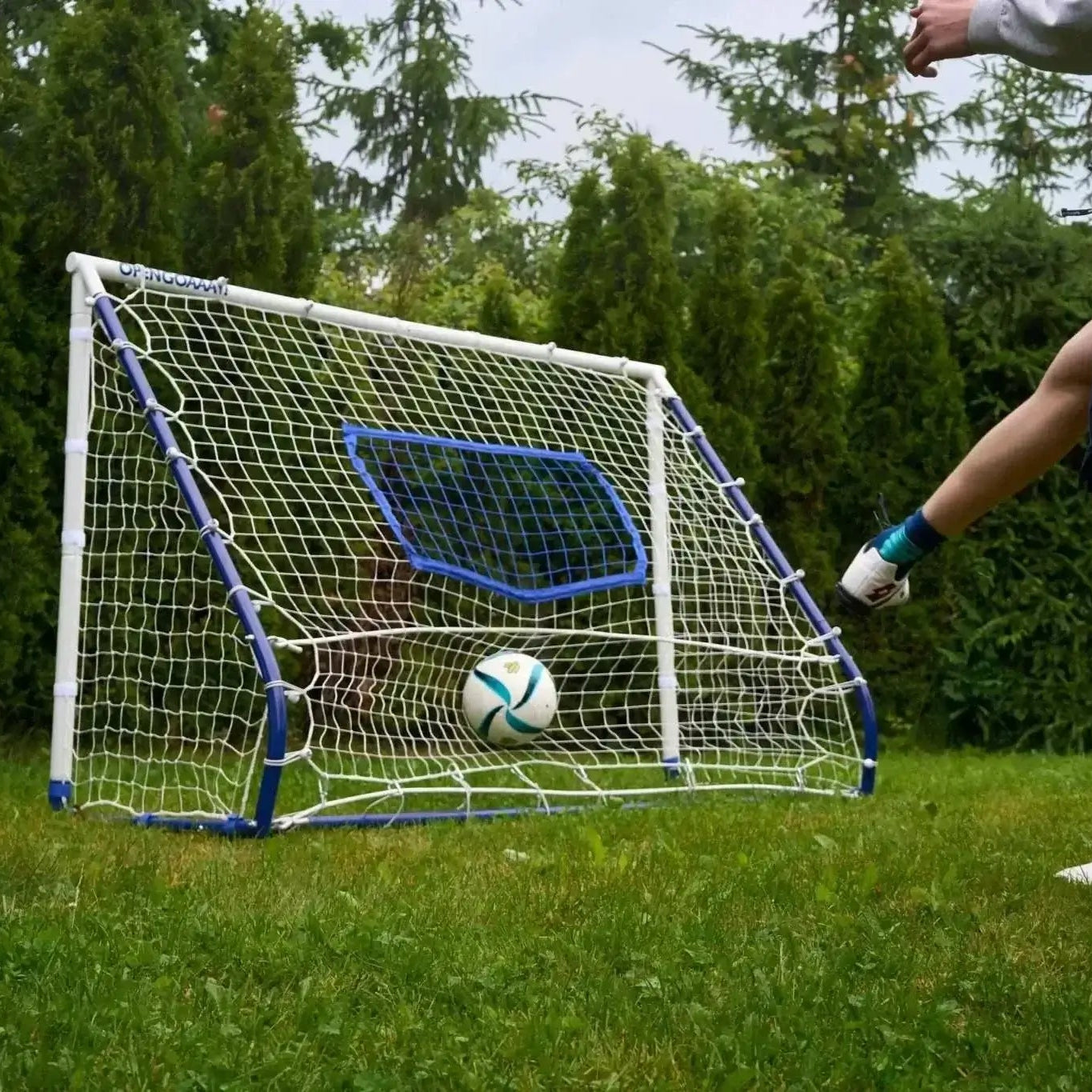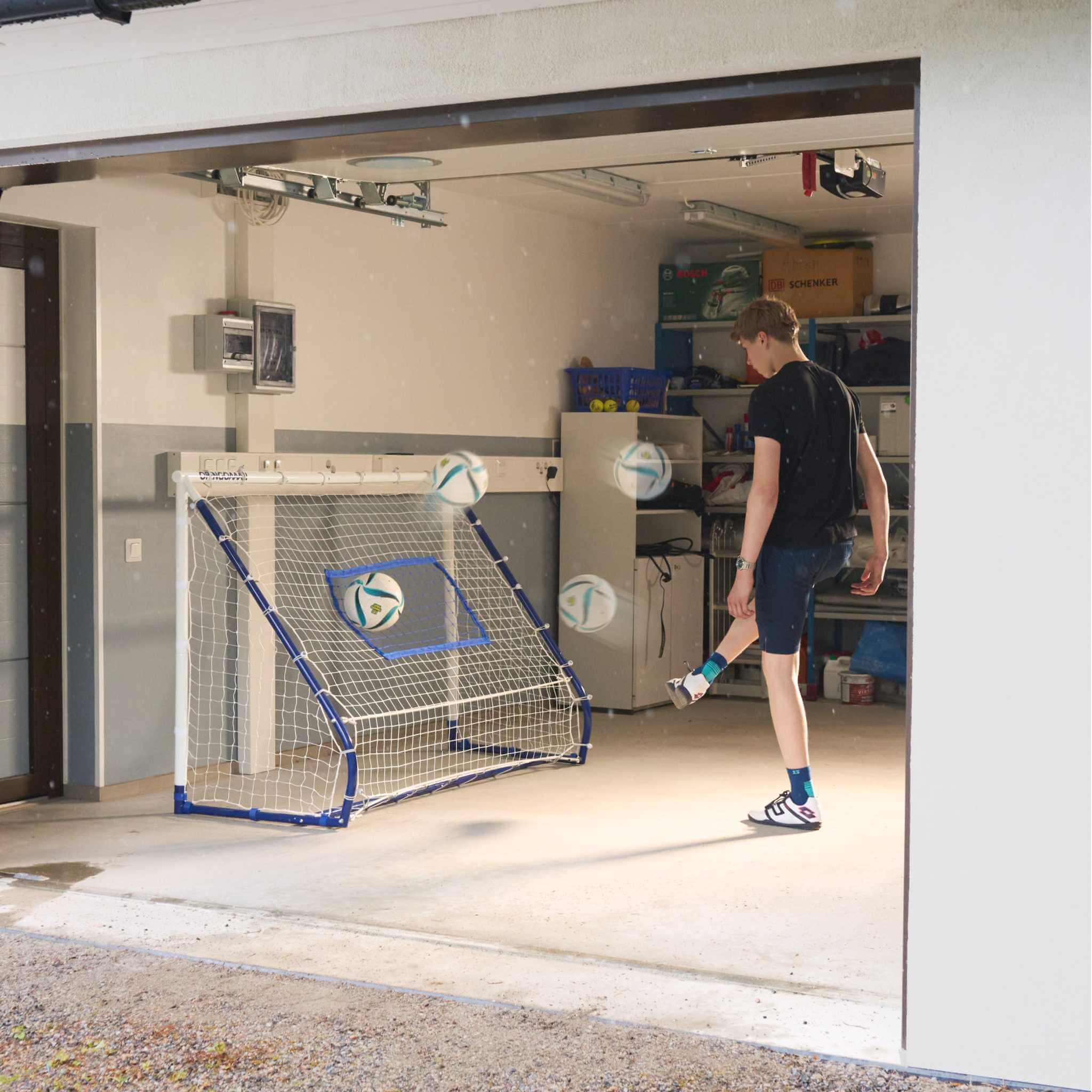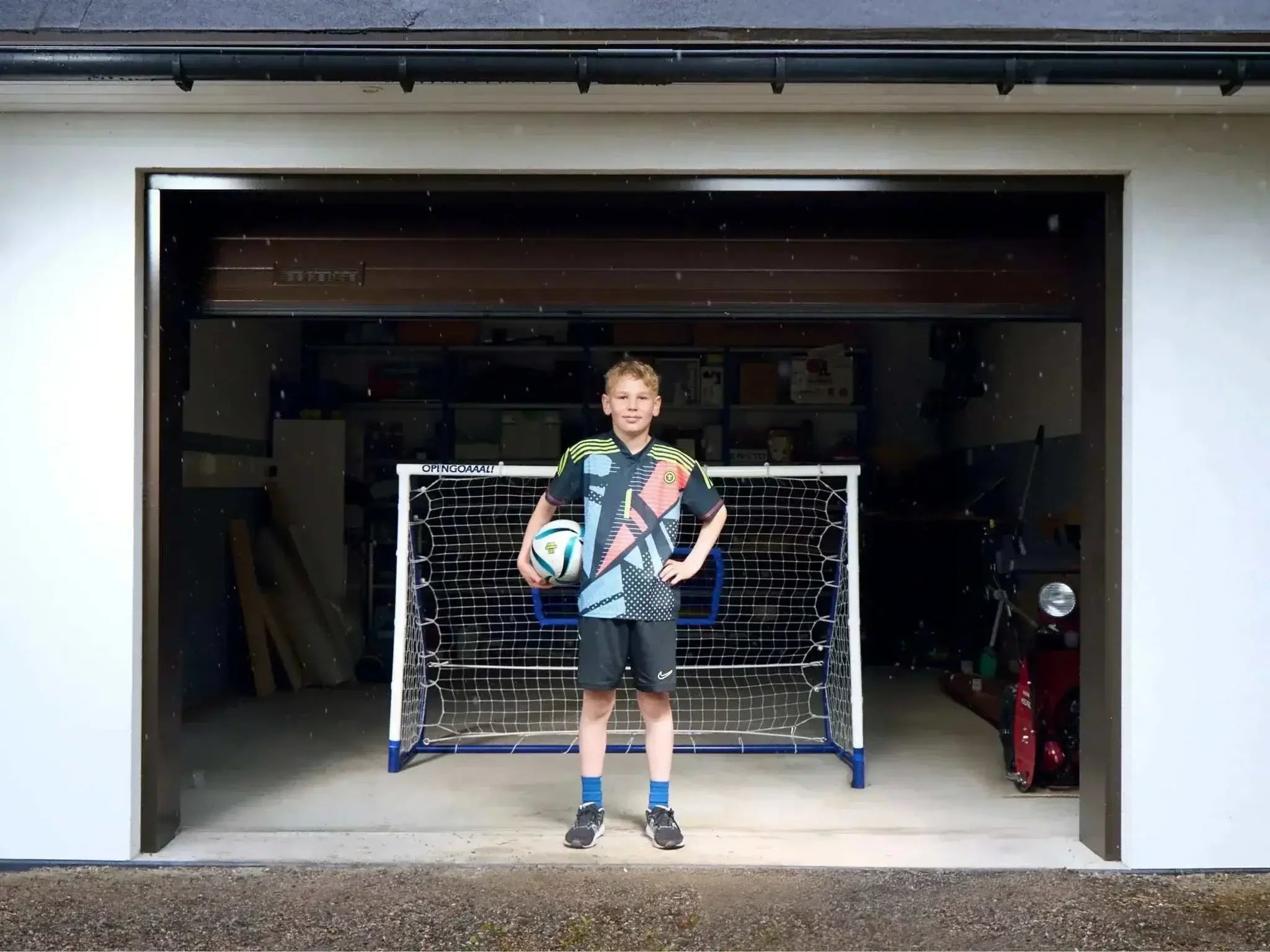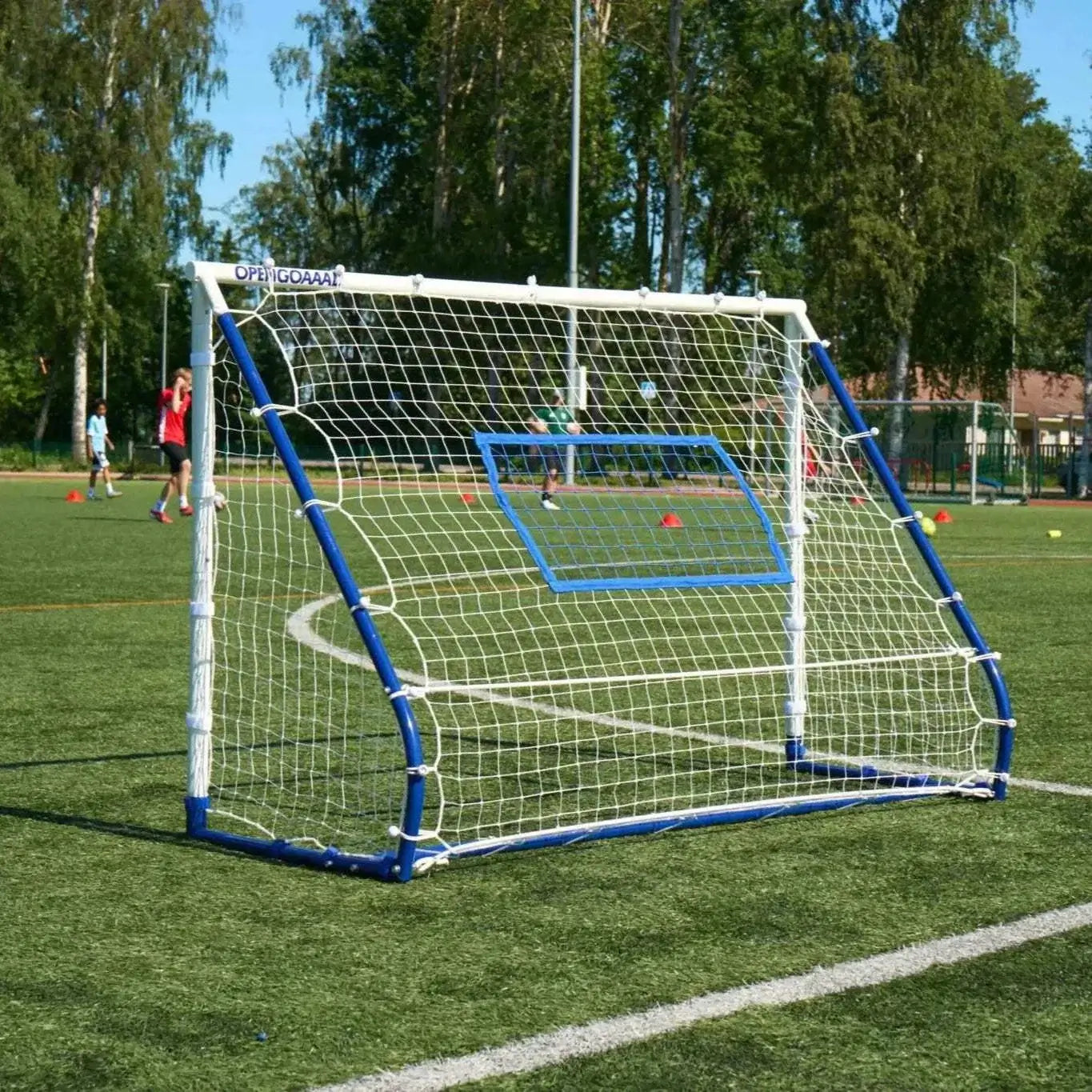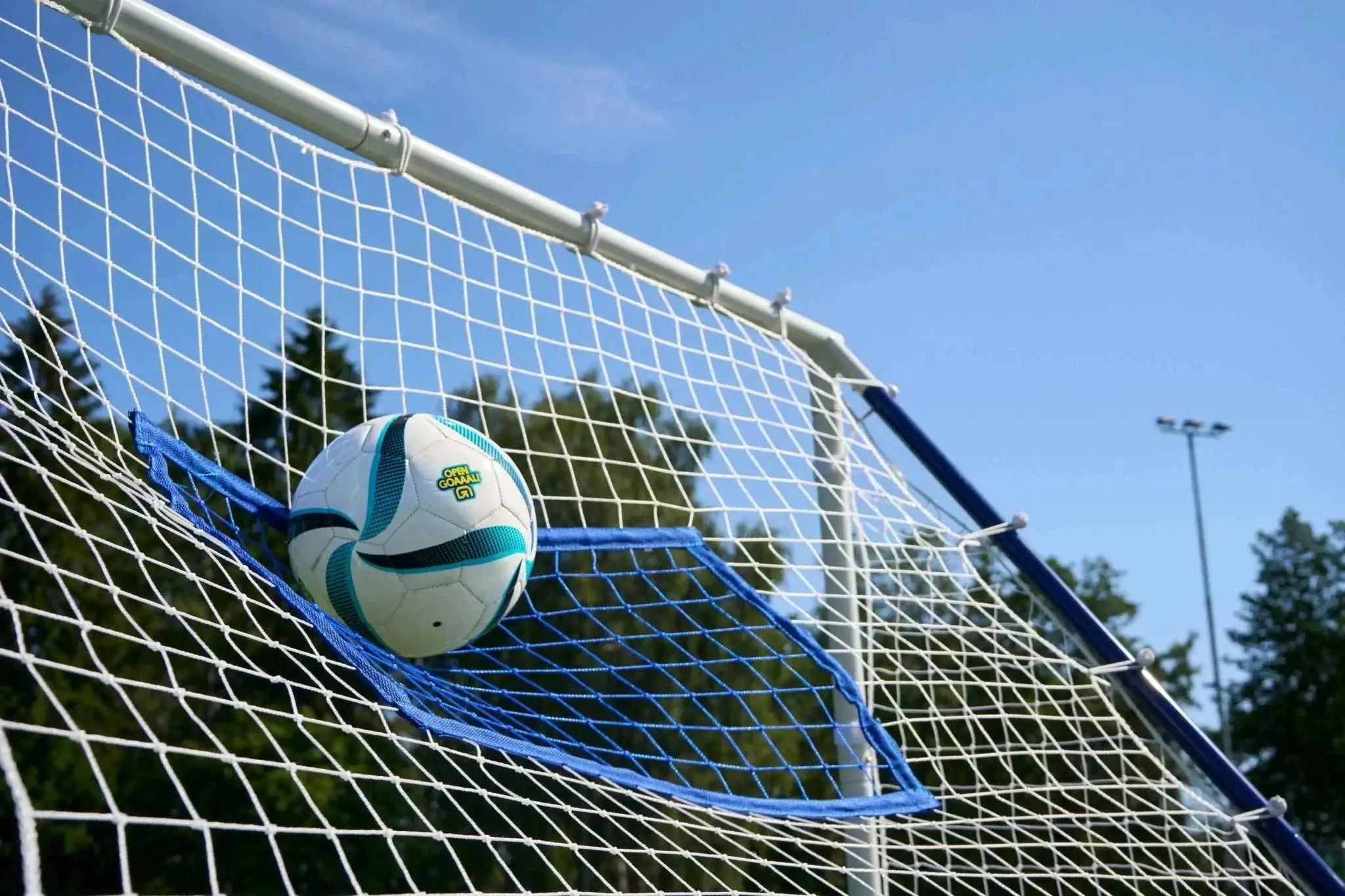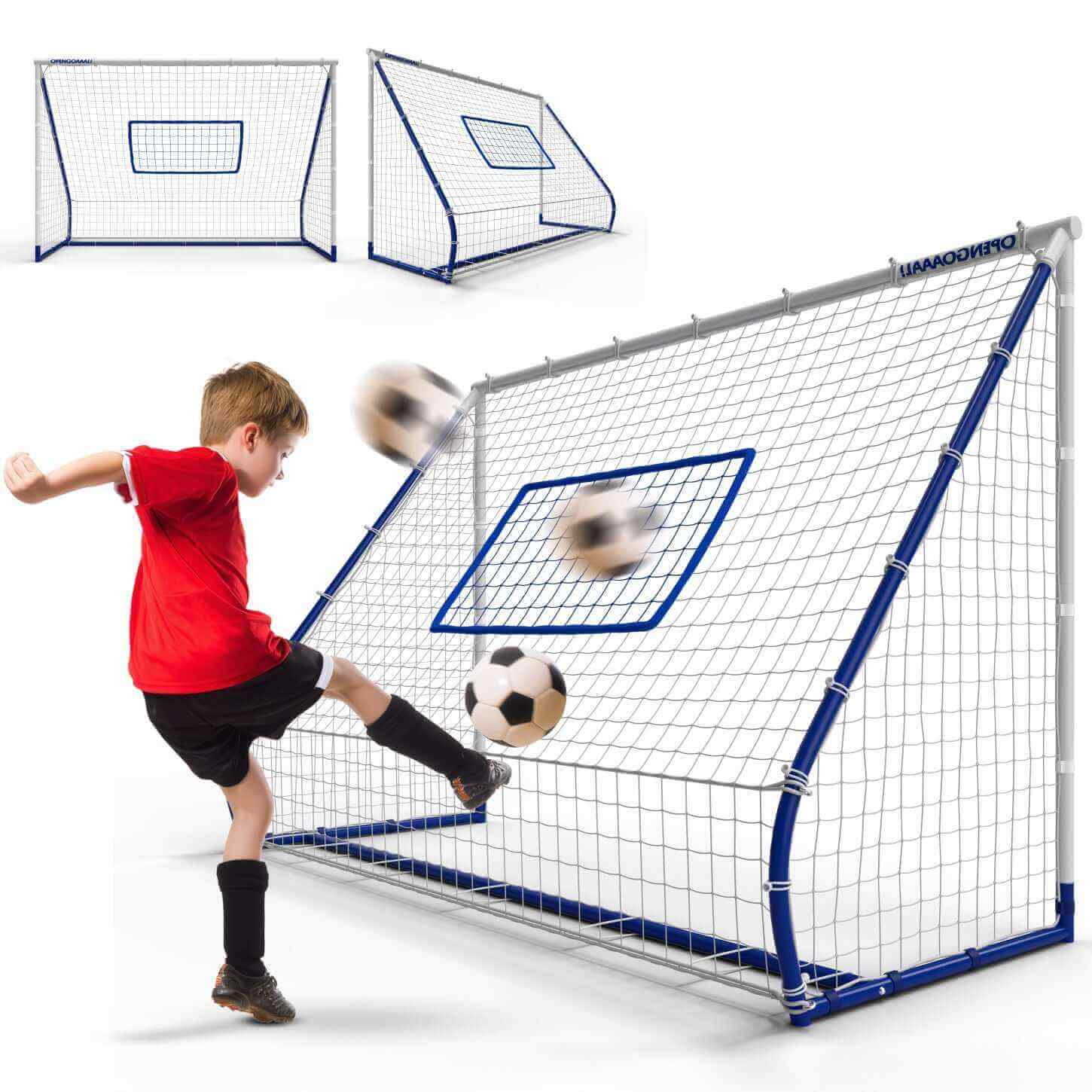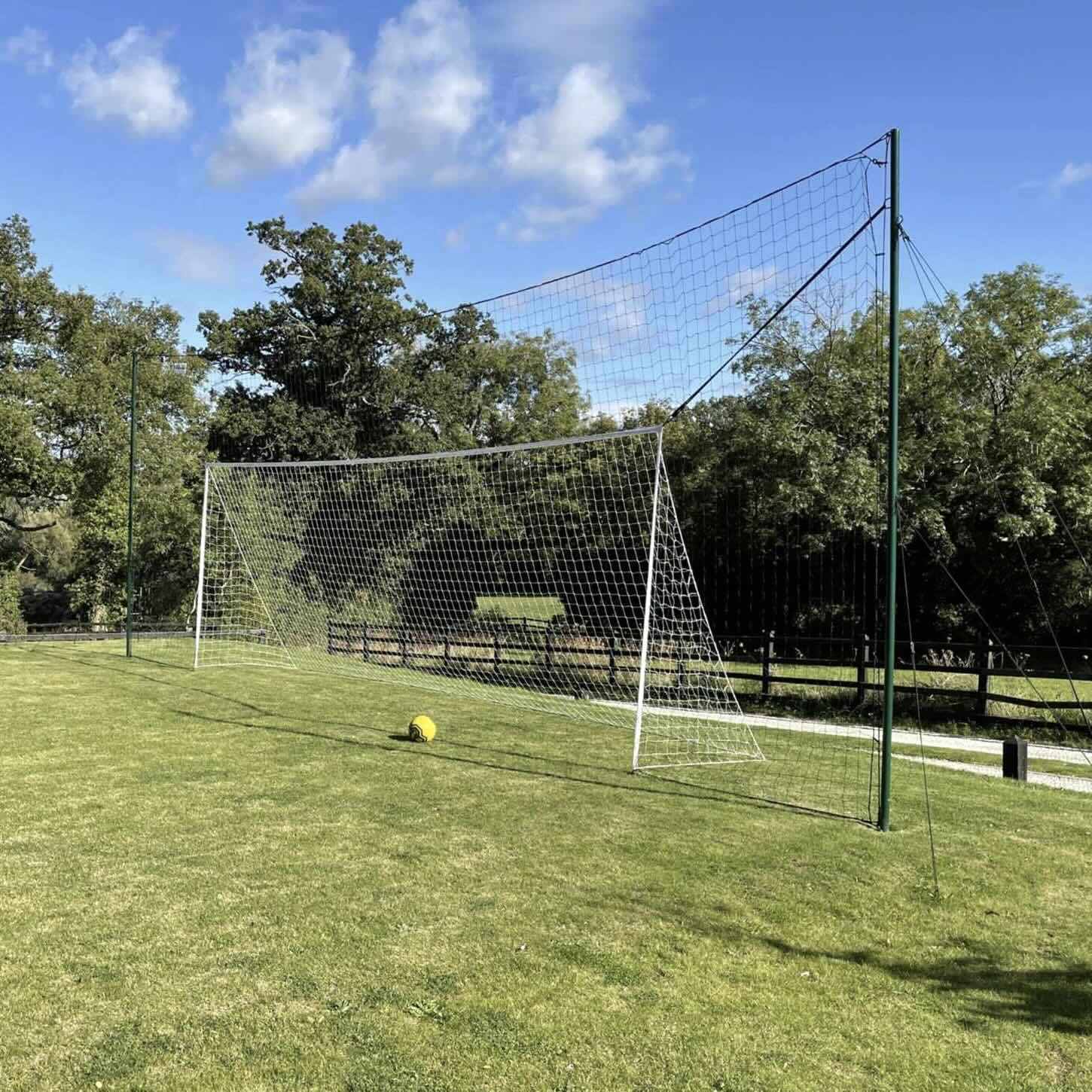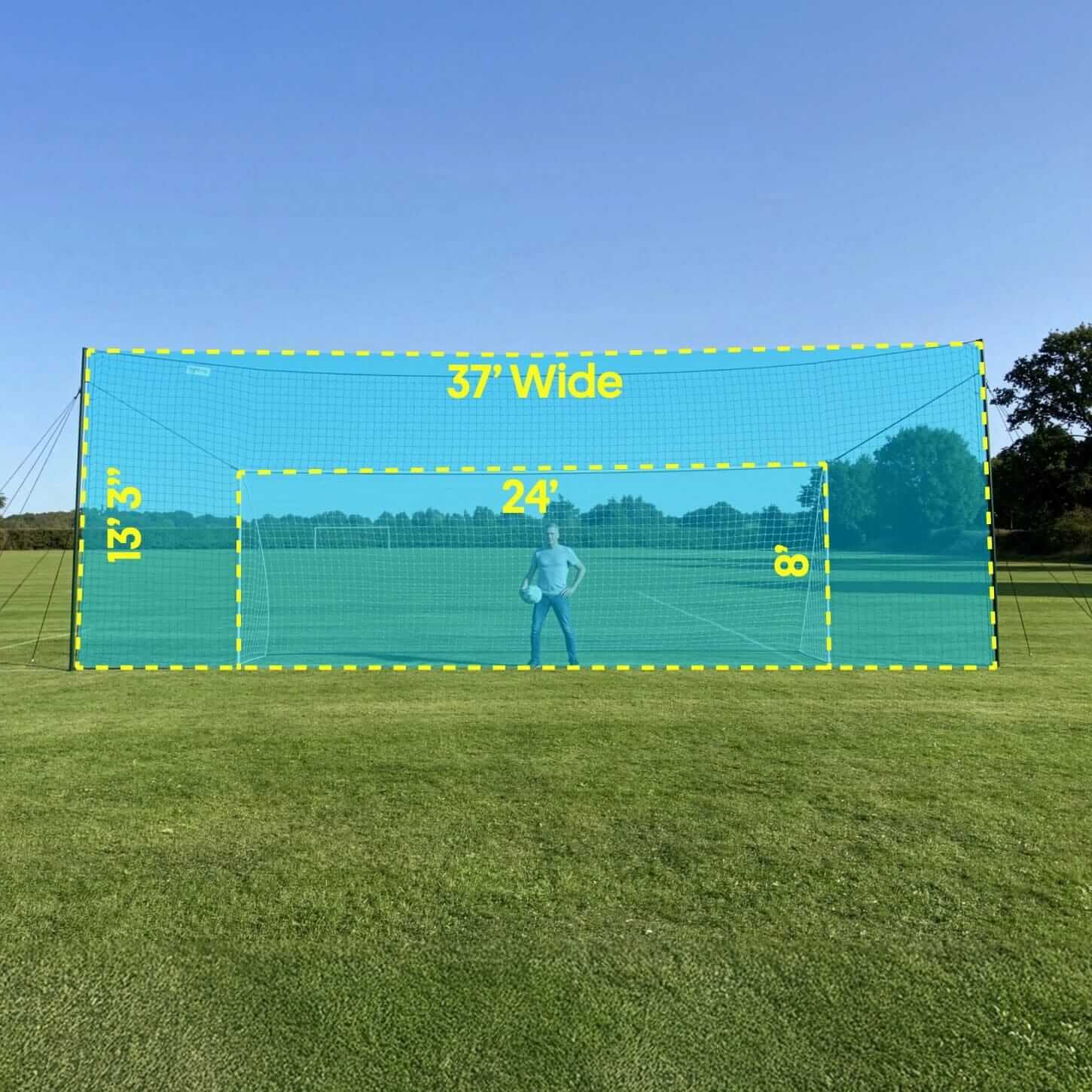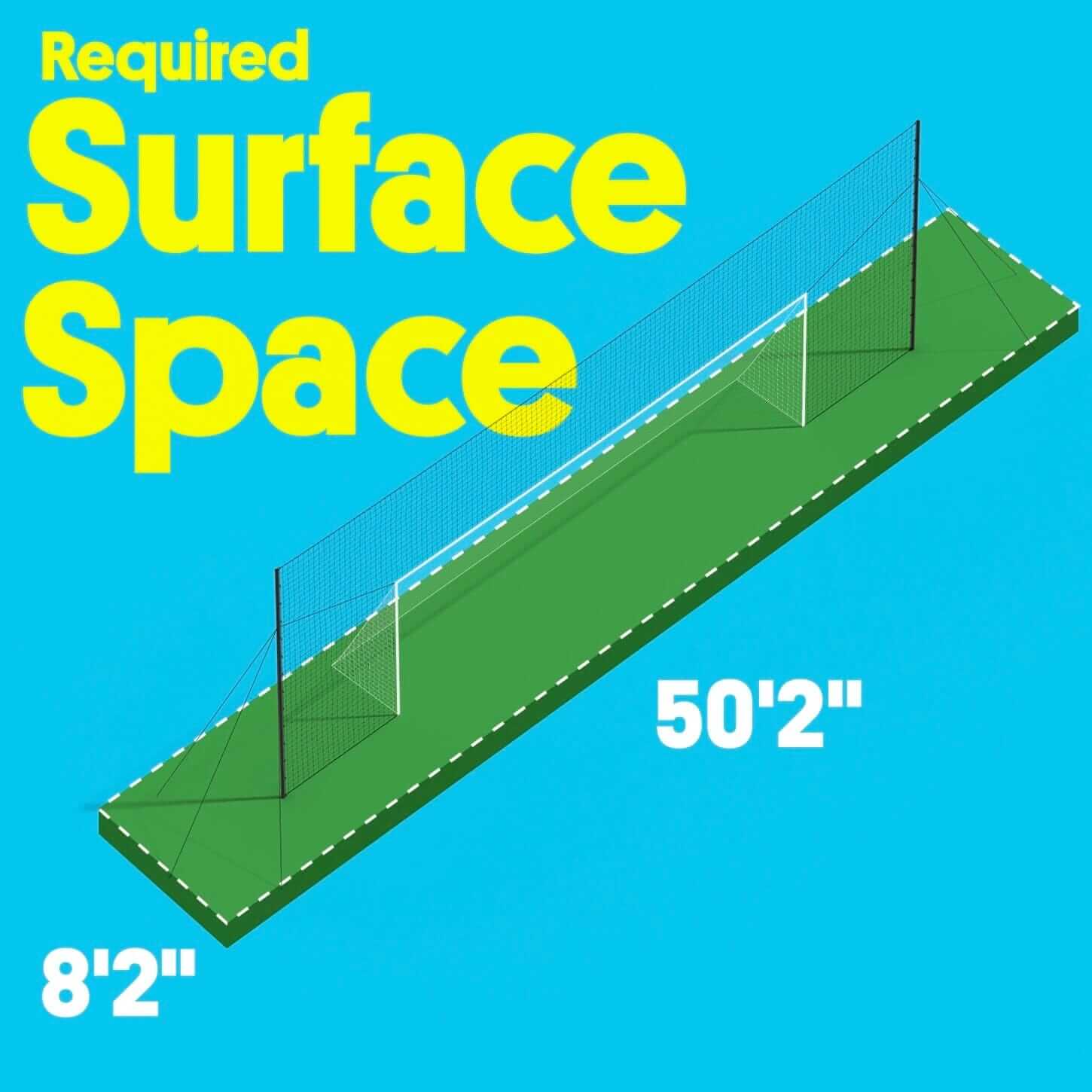Manipulating the soccer ball effectively during a game is all about using your feet in the right way. That means, the better you are at kicking the ball accurately, the more valuable you are as a player.
There are a few types of kicks in soccer that players need to learn to improve their game. No matter what your position in the field, the ability to use these kicks will make you a more effective player in a match.
Push Kick
Among the different types of kicks in soccer, this is the most common kick used by players to pass the ball to a teammate. Some experts say that players use this kick around 70% of the time in a game. That makes it one of the most important kicks to master during soccer practice drills.
For this kick, the players use the instep of their kicking foot to connect with the centerline of the soccer ball and push it forward to a teammate. Since most push passes are used over short distances, the focus is on accuracy and not on power. As this kick is easy to learn, even younger players can use it effectively.
Instep Kick
Like the push kick, the instep kick uses the upper portion of the inside of your foot. However, it is done with much more power and is mainly used for shooting the ball or making long passes. Delivering an accurate instep kick is more difficult to master for beginners.
For a right instep kick, the player runs forward and places the supporting foot beside the ball. Then the swinging movement of the kicking leg is used to strike the ball. The upper part of the foot, or the “laces” come in contact with the ball during the kick. Always keep the ankles locked while using the inside of the foot for kicking.
For beginners, it is best to start practicing instep kicks by making accurate passes to a static partner. As players improve their shooting skills, they can start practicing the kick with a moving partner.
Outside Kick
As the name indicates, the outside of the foot is used for this kick. While this is a tricky kick to learn, it can be the most versatile once perfected. In fact, pro-level players use the outside kick for a short pass, shooting, and even for taking corner kicks.
The outside foot kick is often used to make up for the deficiencies of a weaker foot. Players can also use this kick to curve the path of the ball as needed. That makes it a great soccer skill when you need to score from a tough angle or from the wrong foot.
The method is to approach the ball with long strides and kick it with the outside feet. Make sure to keep the ankle locked while kicking.
Back Heel
The backheel kick is not only unique but is also a great weapon to confuse a defender. Effective use of the kick can leave the opposition clueless about the movement of the ball and can lead to a goal.
Players like Cristiano Ronaldo and Roberto Firmino have used the kick unexpectedly and effectively on many occasions.
The back heel is mainly used for passing the ball and it is not easy to control. The execution involves stepping over the soccer ball and using the heel to jab the ball toward a teammate or the goal.
Toe Kick
While teaching how to kick a soccer ball, most coaches instruct young players to avoid using their toes.
The reason is, it can lead to foot injuries. In addition, beginners will find it very hard to control the ball with a toe kick. However, when used in the right manner, the toe kick can be very effective as the opposing team finds it difficult to predict.
As players gain experience and control over the soccer ball, the toe kick can be used effectively in many situations. You can use it to clear a ball from the goal line at the last moment or push it to a teammate in a tight situation. You can even use it to trick a diving goalkeeper during a penalty kick.
That said, it needs the right amount of practice and precision to get the toe kick right without injuring the kicker foot. The entire foot should act as a solid unit to kick the ball like a hammer. Aim for the center of the ball to keep it at ground level. To give it some height, aim the kick at the lower half.
Volley Kick
In a volley kick, the soccer player hits the ball while it is still in the air. Since it allows the foot to have better contact with the ball, it is an extremely powerful kick. However, one needs the right technique and timing to get the kick right.
The idea is to anticipate the movement of the ball and plant the non-kicking foot parallel to the spot where the ball will land. Ideally, the kicking foot should hit the center of the ball to keep it on target. Hitting low will make the ball gain too much height while hitting at the top will force it downwards.
A half-volley is a way of kicking the ball just after it bounces up from the ground. It is commonly used by goalkeepers during a goal kick and also by midfielders. However, it needs more precision and focus.
When a waist-high ball arrives at the side of the body, a player can use a side volley kick. The bicycle kick is a spectacular form of the side volley that is often used to take a shot at the goal.

That said, having the 3-in-1 soccer trainer from OpenGoaaal is a great option to practice this kick. Due to the erratic nature of the kick, the rebounder will keep the ball in play allowing you to maximize your practice time.
Free Kick
While a free kick is not exactly a different type of kick, it is an integral aspect of soccer. A free kick is an unopposed kick awarded to a team when the opposition commits a foul or breaks a soccer rule.
The kick is taken from the exact spot where the foul was committed. In addition, there are other soccer rules that list the offenses that can lead to a free kick.
Free kicks can be direct or indirect. A direct free kick gives a team a great opportunity to score a goal directly. Here, the ball need not touch another player before entering the goal. In an indirect free kick, the ball must touch another player before entering the goal.
Final Thoughts
These are some of the different types of kicks in soccer that are commonly used. By learning the different soccer kicks, you can become more equipped to meet the main soccer objective- placing the ball in the goal.
It is best to start with the basics and learn to use the insides and outside of your foot in the right manner before trying out the harder kick varieties.



